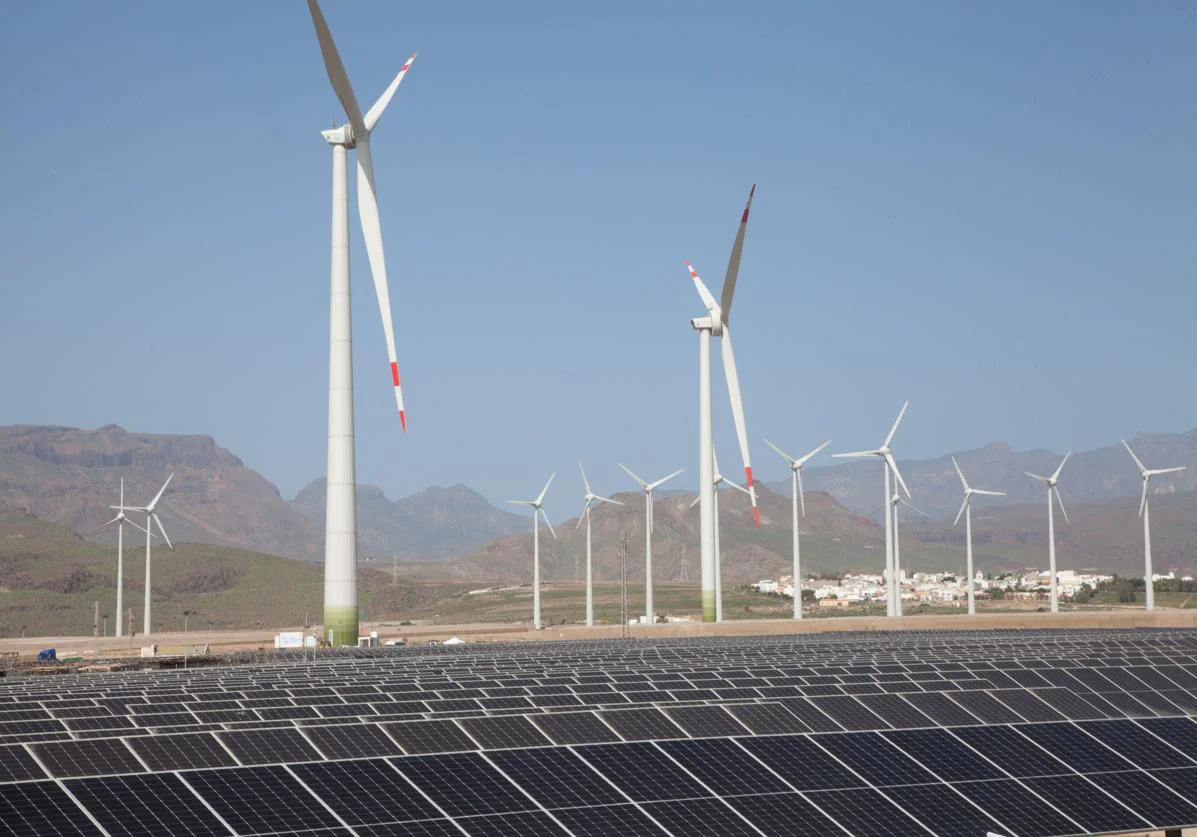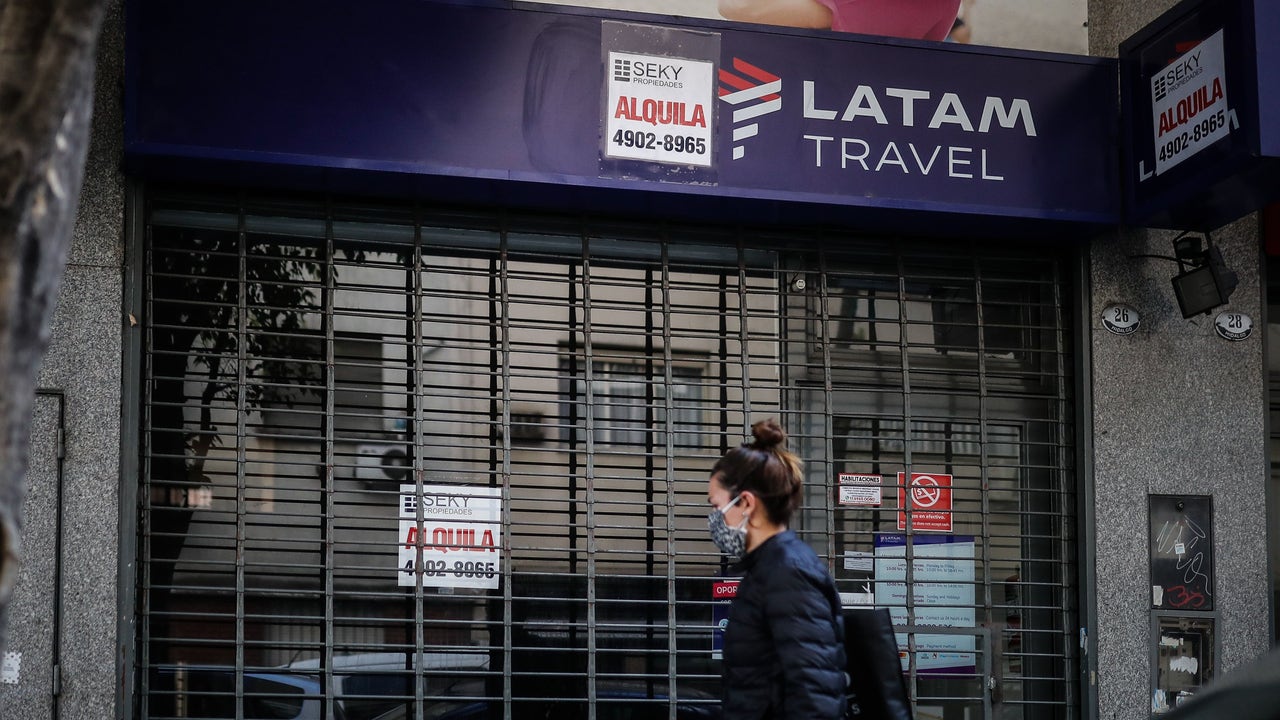The era of mortgages and cheap loans in the eurozone ends

The era of cheap mortgages, loans and credits is coming to an end in the eurozone in the midst of an energy and price crisis due to the Russian invasion of Ukraine. The European Central Bank (ECB) will put an end at its July meeting to a decade of interest rates at historical lows (the official reference for banks has been set at 0% for just over 8 years) to stop feeding the inflation with the risk of suffocating the most indebted states, such as Italy and Spain, and to the families and companies, especially the most vulnerable.
"The threat of recession in the coming quarters is real," laments Sergi Lanau, deputy chief economist at the Institute of International Finance (IIF, for its acronym in English). With the challenge of finding a balance between this warning and skyrocketing prices (and taking into account that the ECB's mandate is to control inflation in the countries that share the euro with monetary policy), this Thursdaythe president of the institution, Christine Lagarde, announced that she will raise the price of money (reference interest rates) by 25 basis points (0.25%) after the "net" purchases of debt from the latest program of acquisition of bonds from countries and companies that remained in force, after also ending the emergency due to the COVID pandemic in March.
The situation is delicate. By making lending more expensive and not injecting money, the line between the central bank's ability to contain inflation and ultimately suffocate the economy is very fine.
"The central bank will have to walk a fine line in the face of an adverse and ever-evolving growth-inflation trade-off. While inflation could turn out to be stronger and more broad-based than anticipated, requiring a more aggressive response from the central bank downside, downside risks continue to dominate the economic outlook," summarizes Silvia Dall'Angelo, an economist at the manager Federated Hermes.
The gradual withdrawal of money injections and the expectation of the decision to raise rates has been tightening the financing conditions of countries, companies and households in recent weeks (see chart). "And loans, mortgages and bonds will continue to get more expensive in the coming months," warns the Bank of Spain in its latest report on economic prospects, posted this friday.
The clearest example for families is the euribor (the main reference with respect to which the price of mortgages is established), which has gone from establishing a daily historical minimum at -0.501% in December To climb up to the current 0.68%. This rise increases the cost of new mortgages, whether they are at a fixed rate or variable rateand that of the updates of the latter.
The Public Treasury of Spain has also suffered the consequences this week, the last time it has gone to the market to ask for money, which has obtained the highest interest rate in recent years, at 2.55% over 10 years. After issuing at 0.4% at the same term in December.
The Bank of Spain also warns that the banking criteria for granting loans have been becoming more demanding and that they will be even more so. In this case, it will be the companies, large and small, that face the greatest difficulties in obtaining financing, according to the forecasts of the regulator itself.
"The market is quoting an interest rate hike of 50 basis points in September [tras los 25 enteros de julio]and up to 200 points in the coming year, but it is an exaggerated expectation", observes Sergi Lanau, from the IIF, who insists that "the risk of recession" exists, "even if the ECB does not undertake the increase of 50 points in September".
Before the risk of recession, the other great threat to the eurozone is what the authorities and specialists are calling "market fragmentation". That at street level must be understood as the preliminary and elegant way of talking about the fact that a rise in interest rates harms peripheral countries (the most indebted) more. Those who in the euro crisis of 2010 and 2012 were grouped under the acronym PIIGS (the pigs Portugal, Ireland, Italy, Greece and Spain, for its acronym in English).
Lagarde tried this week to ward off this threat, citing "flexibility" and "dependence on data", although he could not explain how he practiced these premises. "The design of any specific tool against fragmentation is a difficult task, which is being carried out behind closed doors," says Silvia Dall'Angelo of Federated Hermes.
The ECB began the debt purchase programs to favor the exit of the Great Financial Crisis of 2008, and since 2020 it has covered all the financing needs of Spain and in general of the eurozone as a whole, with a specific program for the beginning of the invasion of Ukraine, in a historic exercise of common response, even more relevant than the Next Generation recovery funds. It has bought the deficit, that is, everything that has had to be spent and that income did not cover, such as extraordinary items such as ERTE, the minimum vital income (IMV), tax reductions on electricity or the discount on fuel .
The central bank's emergency program of debt purchases and the maintenance of official interest rates at 0% have, in fact, been the mainstay of economic activity – allowing companies, families and the State itself have accessed cheap credit–. And, in the same way, the unbeatable conditions under which the investments of the Recovery Plan are being deployed.
On the one hand, it must be understood that by ending "net" purchases, the ECB means that it leaves room to reinvest the maturities of all the debt it has purchased in recent years. That is, it will not create more money, but it will continue to intervene in the market. It is more difficult for him to do it just to reduce the cost of financing for Italy, Spain or Greece if it rises excessively, because it would collide with the limits of the eurozone and the more fiscally disciplined partners.
For this reason, Sergi Lanau, from the IIF, in line with other experts, considers that if the monetary authority saw it necessary, it could launch another program of "general" debt purchases, even if it coincides with the cycle of rising interest rates, which that would satisfy both sides of the euro club (those known in financial jargon like hawks and doves).
For now, the debt should not be a problem for Spain in the short or medium term. It could even be seen as an opportunity if the forecast that the Government itself sent to the European Commission in the 2022-2025 Stability Program, and which the Bank of Spain shares, is admitted.
In the document, the Executive calculates that interest payments on the debt will remain close to 2% of GDP over the next few years, despite the over-indebtedness and despite the general rise in interest rates, thanks to the unbeatable conditions of the recent years, which have made it possible to reduce the average cost of debt to a minimum and lengthen maturities (above 8 years).
Spain paid 26,805 million euros in interest in 2021, 2.15% of GDP. And in 2020 the bill was 25,237 million, a minimum since 2010. In 2013, after the bank bailout the previous summer, spending on debt interest was close to 37,000 million, 3.7% of GDP.
For families, the situation is more complicated. The Bank of Spain calculated a few days ago that an increase of between 100 and 300 basis points in interest rates will raise the financial burden of the poorest indebted families to about 35% of their disposable income.
From now on, and if nothing changes, the ECB will assume the theory that says that with the end of debt purchases and the rise in interest rates, it stops feed inflationby making mortgages and loans more expensive and, therefore, curbing the activity generated artificially with their money creation.
However, many experts wonder if this theory (and the complications that it entails) applies to a rise in prices, although already extended to practically the entire basket of goods and services, which is originated in oil, gas and other raw materials basic in industry, agriculture or feeding, due to the disruption caused by the war started by Russia and when there is a supply shock. And above all, that has no replica in wagesbut rather in a significant loss of purchasing power of workers, and especially of the poorest households.









